Filter data
|
ID |
Nickname |
Country / City |
Languages |
Taxonomies |
Comment |
Project / Group |
Map |
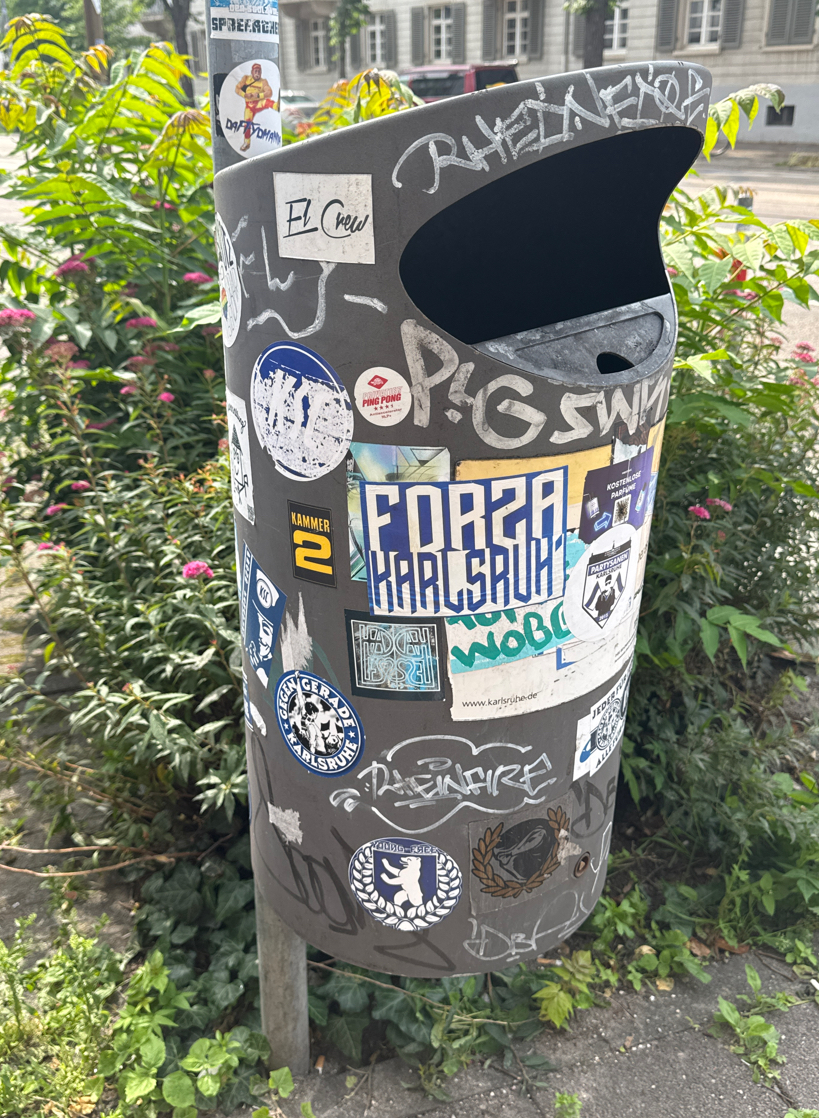
|
132390
|
ELA
|
Deutschland
Karlsruhe
|
|
|
—
|
|
|

|
132391
|
Questoph
|
Spanien
Caleta de Famara
|
|
|
—
|
|
|
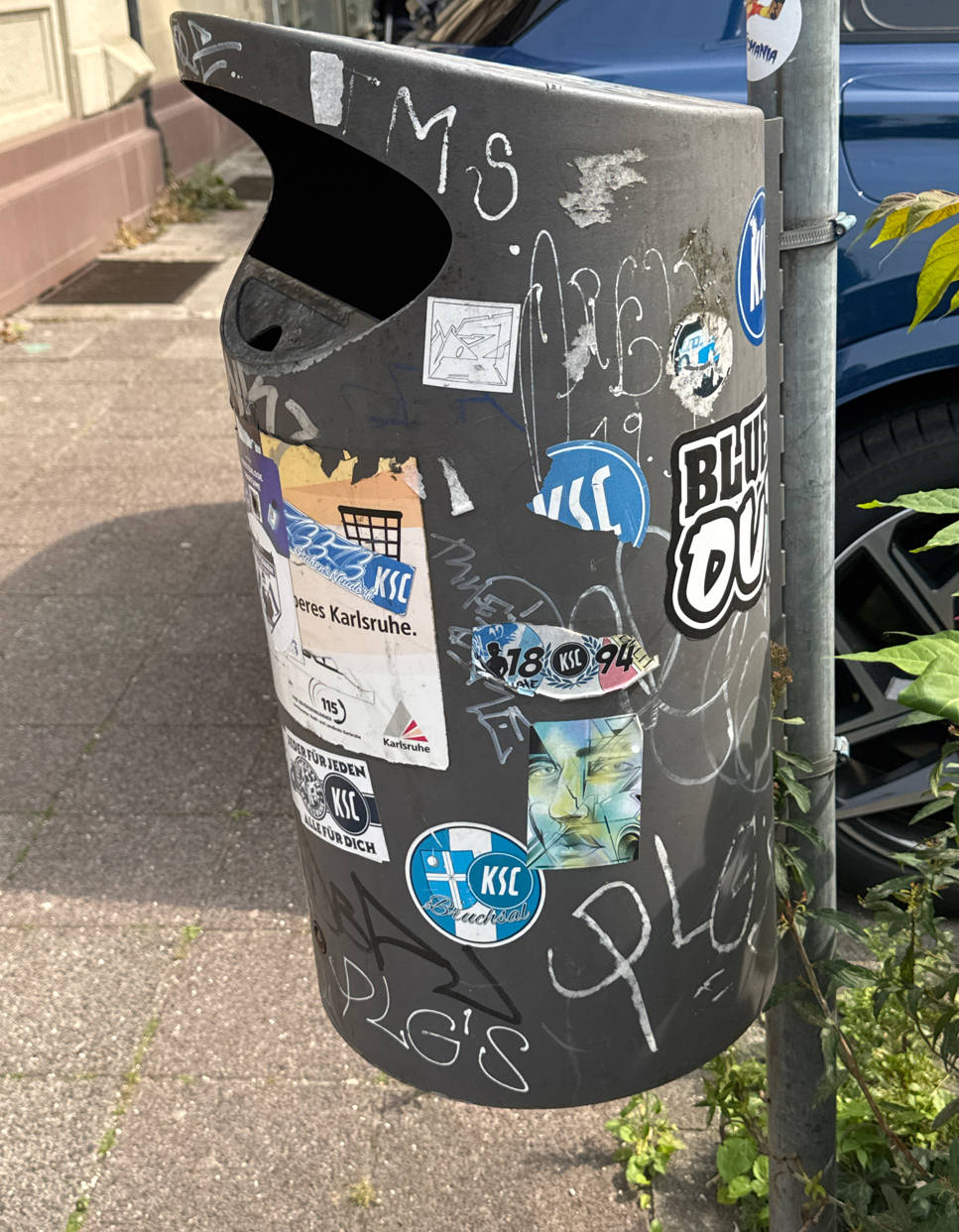
|
132392
|
ELA
|
Deutschland
Karlsruhe
|
|
|
—
|
|
|
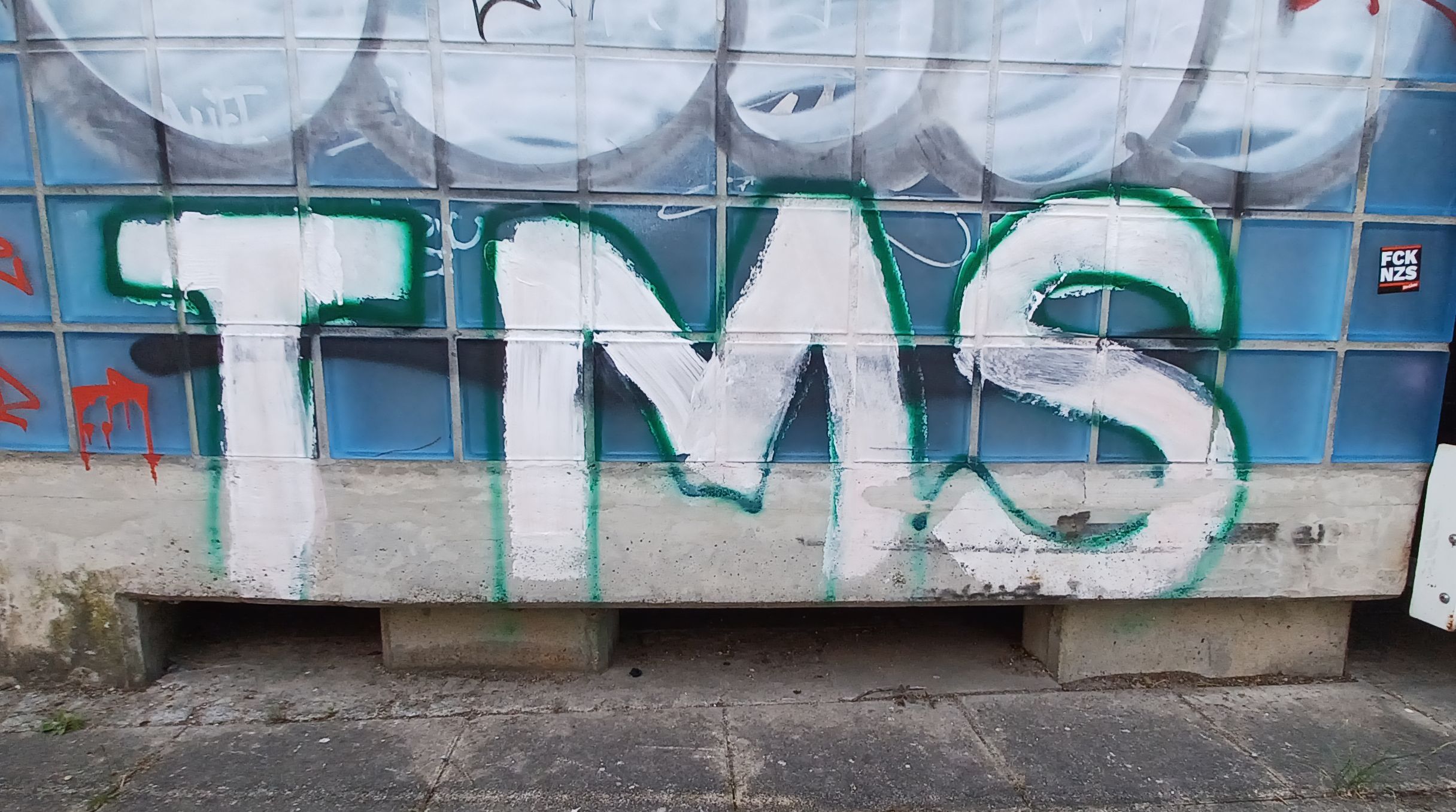
|
132393
|
JLA
|
Germany
Karlsruhe
|
|
|
JLA, Throw Up
|
KAGraffiti
|
|
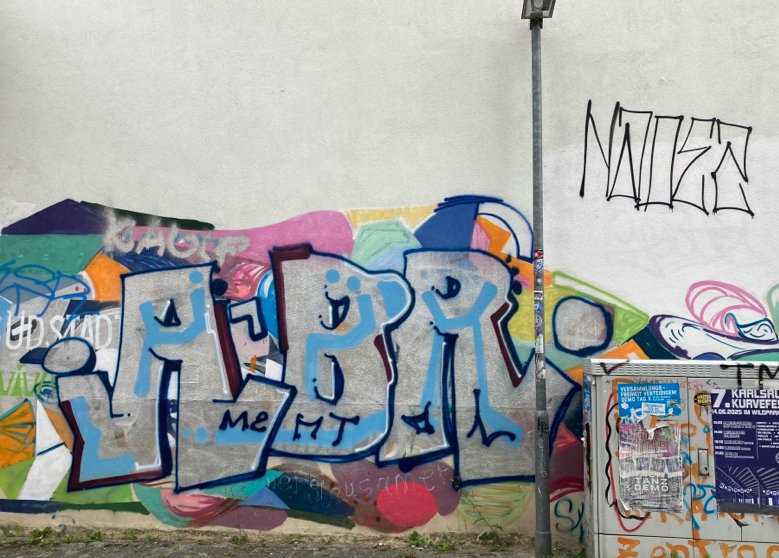
|
132394
|
JRo
|
Deutschland
Karlsruhe
|
|
|
Piece, foto von JRo
|
|
|
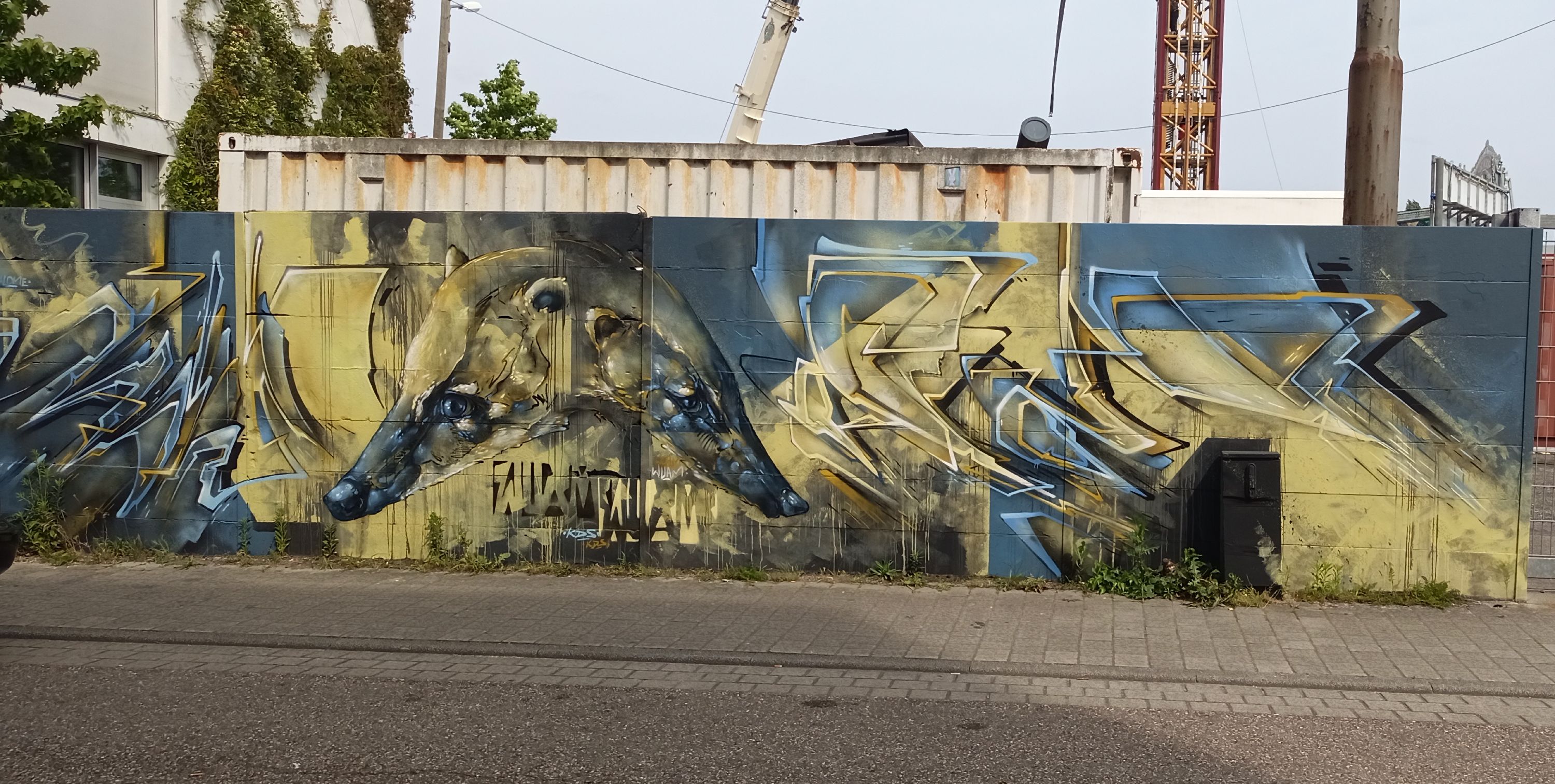
|
132395
|
EST
|
Germany
Karlsruhe
|
|
|
—
|
KAGraffiti
|
|

|
132396
|
MSC
|
Deutschland
Karlsruhe
|
|
|
—
|
|
|
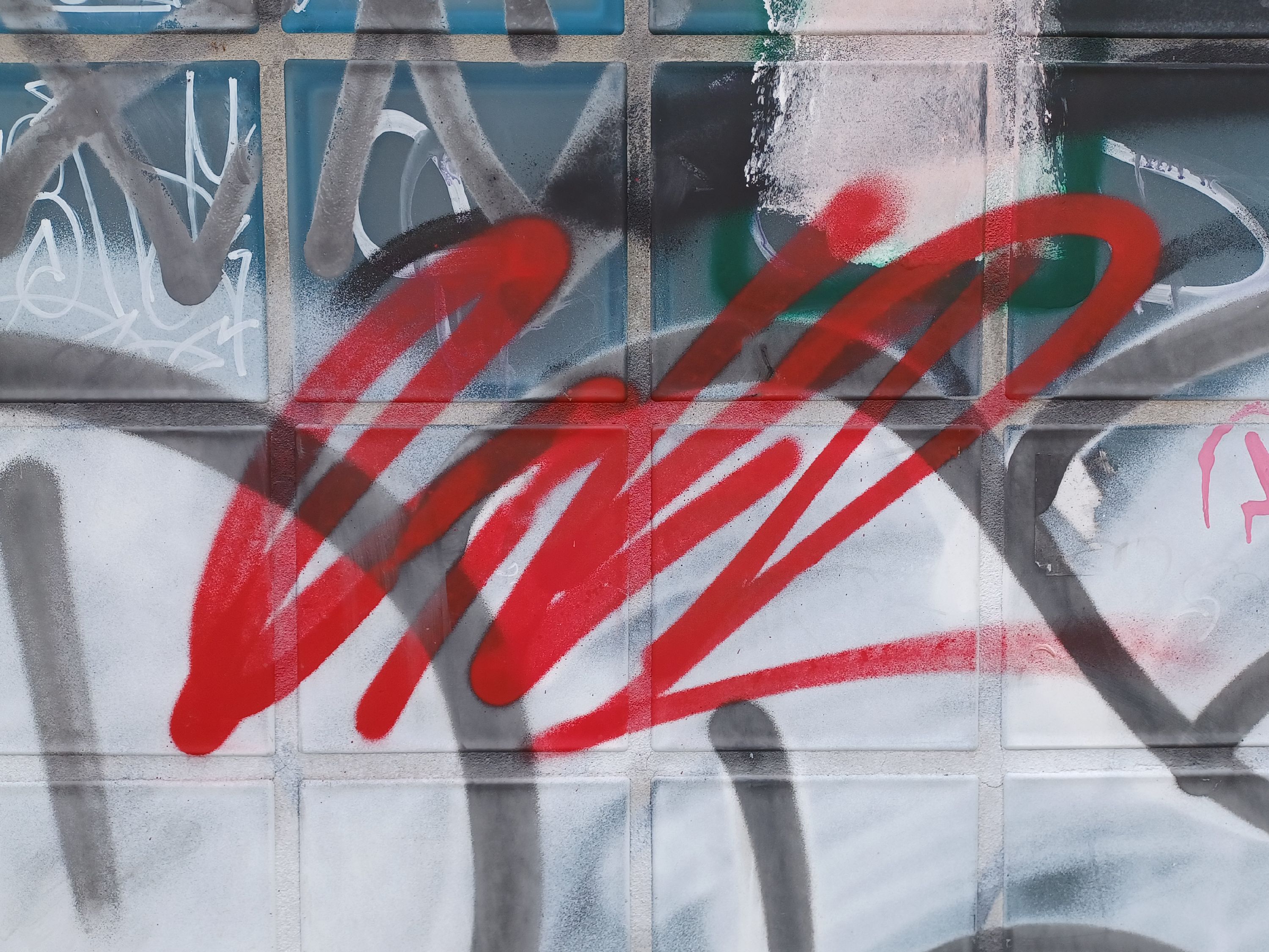
|
132397
|
JLA
|
Germany
Karlsruhe
|
|
|
JLA, Tag
|
KAGraffiti
|
|
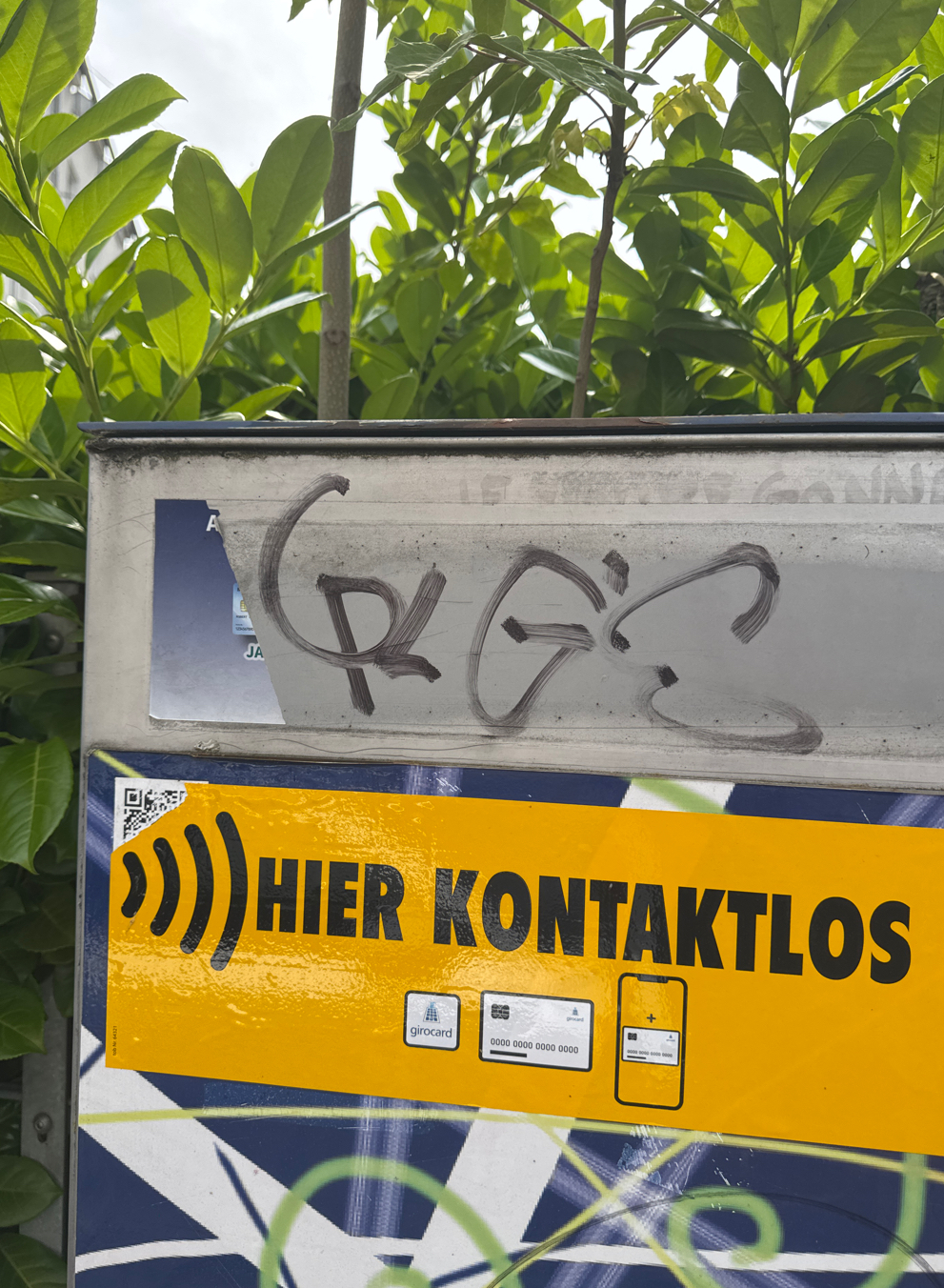
|
132398
|
ELA
|
Deutschland
Karlsruhe
|
|
|
—
|
|
|

|
132399
|
JRo
|
Deutschland
Karlsruhe
|
|
|
Tag, foto von JRo
|
|
|
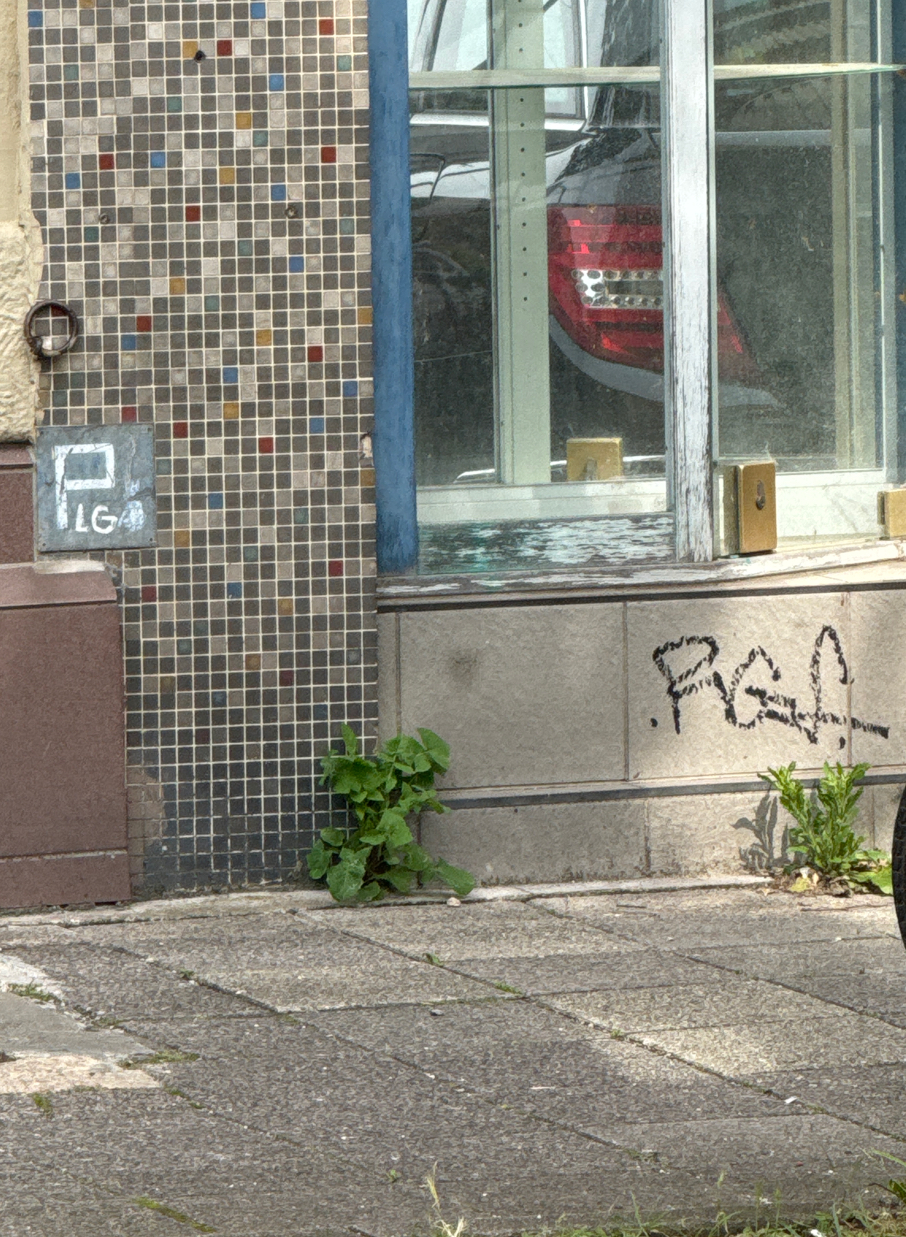
|
132400
|
ELA
|
Deutschland
Karlsruhe
|
|
|
—
|
|
|
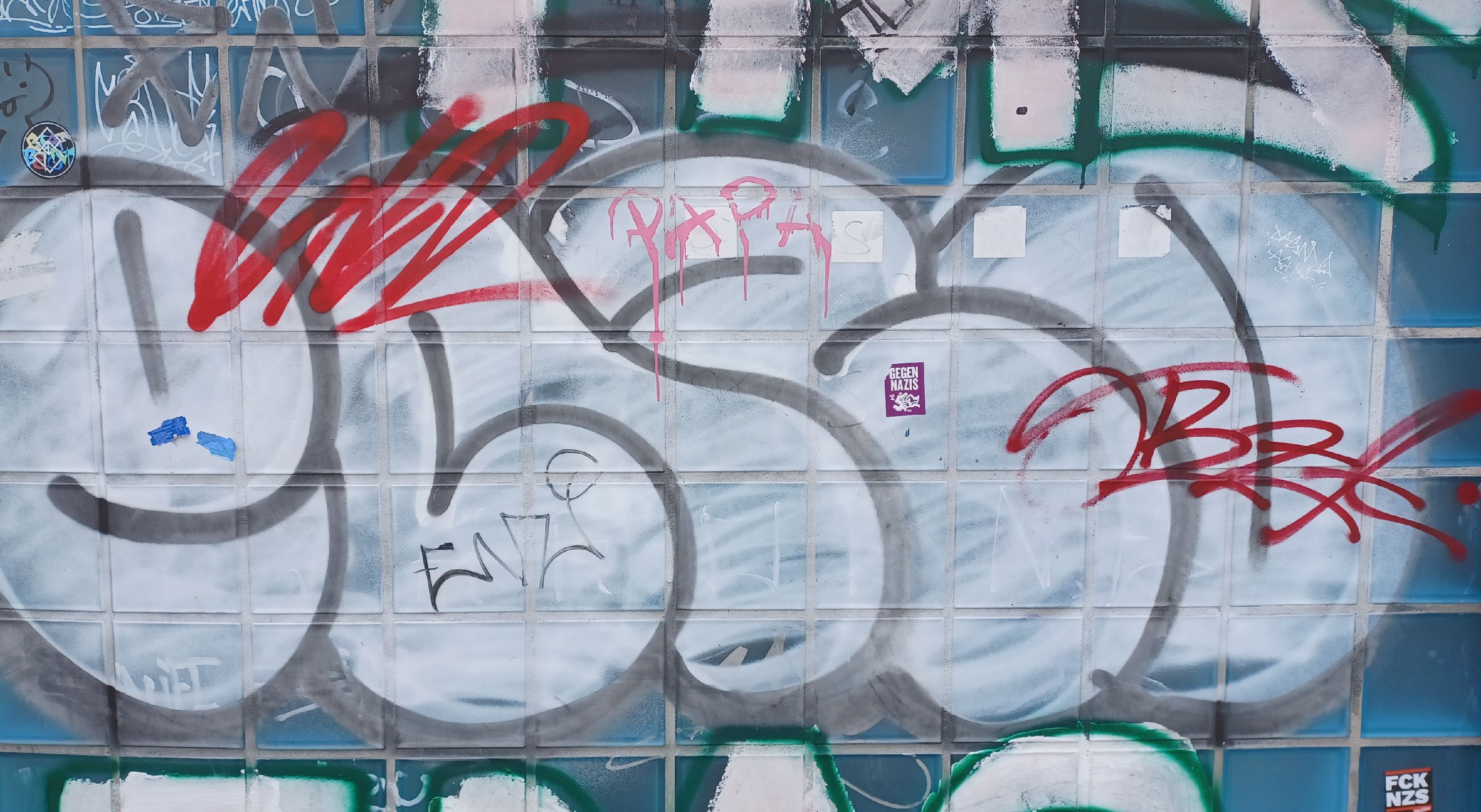
|
132401
|
JLA
|
Germany
Karlsruhe
|
|
|
JLA, Throw up
|
KAGraffiti
|
|
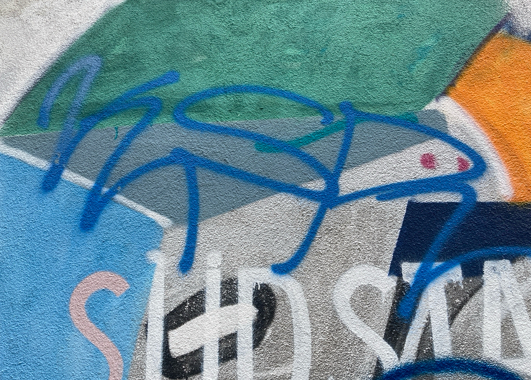
|
132402
|
JRo
|
Deutschland
Karlsruhe
|
|
|
Tag, foto von JRo
|
|
|

|
132403
|
ELA
|
Deutschland
Karlsruhe
|
|
|
—
|
|
|

|
132404
|
MSC
|
Deutschland
Karlsruhe
|
|
|
—
|
|
|

|
132405
|
JRo
|
Deutschland
Karlsruhe
|
|
|
Tag, foto von JRo
|
|
|

|
132406
|
JLA
|
Germany
Karlsruhe
|
|
|
JLA, Throw up
|
KAGraffiti
|
|

|
132407
|
ELA
|
Deutschland
Karlsruhe
|
|
|
—
|
|
|

|
132408
|
JRo
|
Deutschland
Karlsruhe
|
|
|
Tag, foto von JRo
|
|
|

|
132409
|
ELA
|
Deutschland
Karlsruhe
|
|
|
—
|
|
|